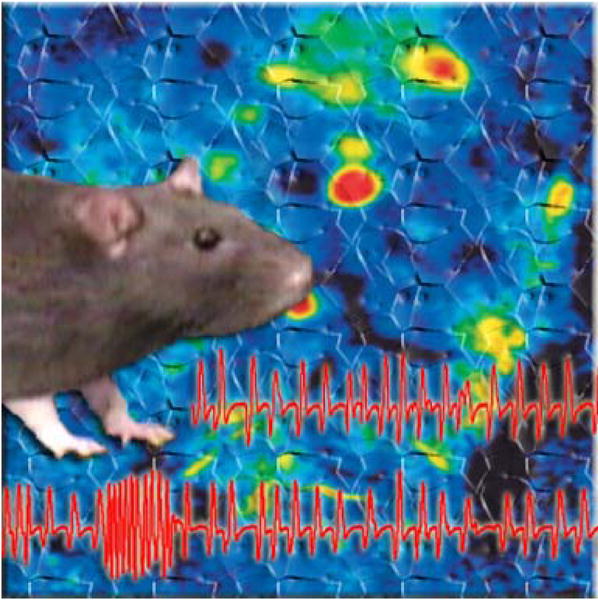140 milliseconds. So in less time than it took you to read those two words a rat knew everything he needed to know about what his nose detected.
Daniel Wesson and colleagues from Boston University write that rats are able to discriminate odors much more quickly than previously thought.
Odor perception in mammals begins when olfactory sensory neurons in the animal's nose detect an odor molecule and then transmit that information to the brain. The first brain area to receive these signals is the olfactory bulb, where the sensory neurons end in small structures called glomeruli. Olfactory cues trigger complex patterns of activity both in the olfactory sensory neurons and in the glomeruli within the brain.

How these complex patterns underlie an animal's ability to sense and respond to odors remains obscure.
The authors simultaneously used a natural behavioral response and optical imaging to measure responses of neurons in the olfactory bulb, where odor signals sent from the nose are processed. Measurements of neural responses confirm that very little processing takes place in these neurons.
The timing of behavioral responses to odors shows that odor discrimination must take place before the activity pattern in the olfactory bulb has fully developed. These results led the authors to conclude that odorant identity is likely to be encoded by the sequence of responses in the olfactory bulb (rather than the pattern of peak activation or later temporal features).
Alternatively, the earliest-activated glomeruli within the olfactory bulb, which are not necessarily the most strongly activated overall, might contribute preferentially to the coding of odorant identity.
Citation: Daniel W. Wesson, Ryan M. Carey, Justus V. Verhagen, Matt Wachowiak (2008) 'Rapid Encoding and Perception of Novel Odors in the Rat', PLoS Biol 6(4): e82 doi:10.1371/journal.pbio.0060082





Comments